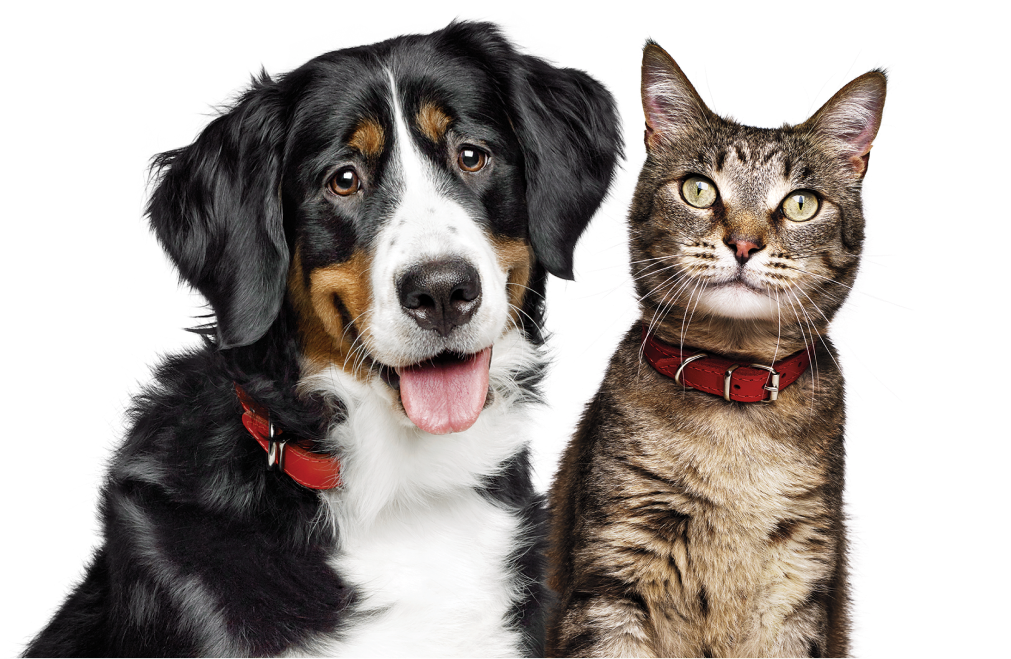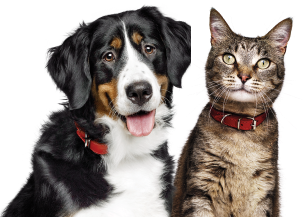As with the Golden Retriever, loyalty, affection and being eager to please seem to be in the Toller’s DNA. And after centuries of being bred as working/hunting companions, it’s little wonder.
Beware however, that these dogs can be strong willed. And because of their intelligence they're even known to outwit their owners. This calls for friendly, firm and consistent training from a young age - they're quite soft at heart and need to know they're loved. Rewards-based obedience regimes in fun, short, productive sessions are best.
Tollers adapt well to apartments but definitely need high intensity exercise each day (either an hour long or two 30min sessions at least), otherwise they may develop destructive behaviours such as screaming, barking or chewing furniture – especially during their highly energetic youthful phase.
Also, if the outdoor areas you visit aren't fenced make sure you keep your Toller on a lead, as their prey drive will have them hunting every possum, cat or bird in the vicinity. Being outside also presents a great opportunity to roll in mud or something extremely smelly - so expect to bath them a lot.
Recommended Diet:
Puppy: Hill's Science Diet Puppy Large Breed Dry Dog Food
Adult: Hill's Science Diet Adult Large Breed Dry Dog Food, Hill's Science Diet Adult Perfect Weight Large Breed Dry Dog Food
Mature: Hill's Science Diet Adult 6+ Senior Large Breed Senior Dry Dog Food
Some say the original Nova Scotia Duck Tollers were foxes, but this is genetically improbable. However the way foxes lure inquisitive ducks for prey (by flagging their tail in the shallows) is probably the inspiration behind the Toller breed. In fact, Canada’s Minmac Indians were the first to encourage their dogs to do the same. But it wasn’t until the 19th Century that the Toller breed begun in earnest, with English and Canadian hunters developing Retrievers that brought back kill from icy lakes.
Hunters in Yarmouth County (southwest Nova Scotia’s Little River district) enhanced these Retrievers further by crossing them with Minmac Indian breeds – along with Cocker Spaniels, Irish Setters and possibly various Collies. The result was an intelligent, hard-working dog that lured ducks to hunters and then retrieved the birds once shot. They were an anomaly to Nova Scotia until recognition by the Canadian Kennel Club in 1945.
Health Concerns:
When it comes to health challenges, Nova Scotia Duck Tolling Retrievers are generally a healthy dog breed, but like all dogs, they can be predisposed to a number of conditions.
Things to watch out for in Tollers include:
• Hip dysplasia: a condition that alters the inner workings of the hip joint.
• Progressive Retinal Atrophy (PRA)– Eye disease with gradual deterioration.
• Addison’s Disease– insufficient production of adrenal hormones.
• Collie Eye Anomaly (CEA)also known as "collie eye defect'' is a inherited eye condition that can lead to blindness. Small or sunken eyeballs or cloudy eyes may be a sign and, if unsure seek veterinarian support.
It is advised that all prospective pet parents are aware of potential health challenges faced with this breed and that you do your own research before ownership.
Remember, regular vet check-ups, a balanced healthy diet, and proper exercise will help to maintain overall health and wellbeing. Being proactive here can help to prolong the life of your Toller by avoiding common canine health problems such as obesity.





















